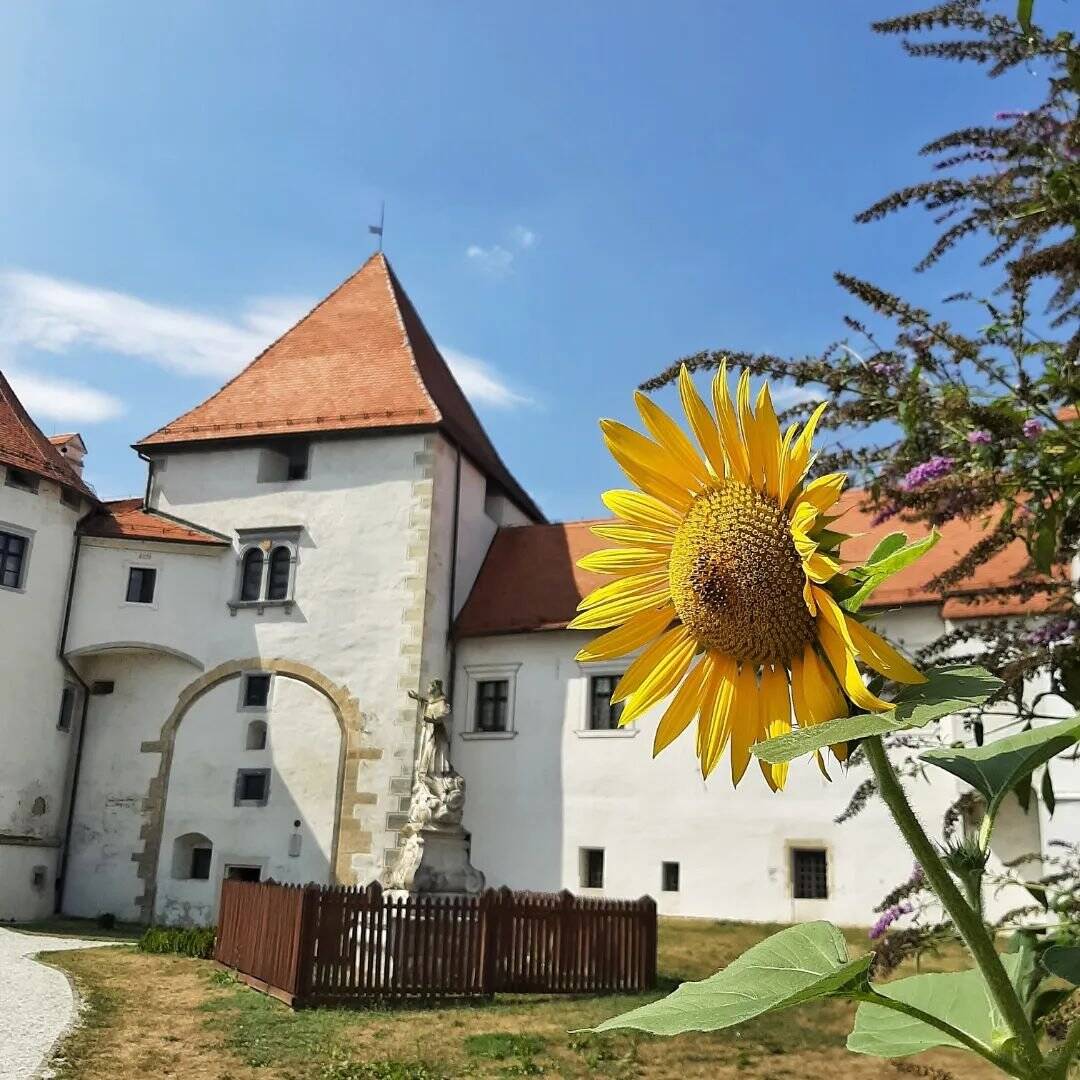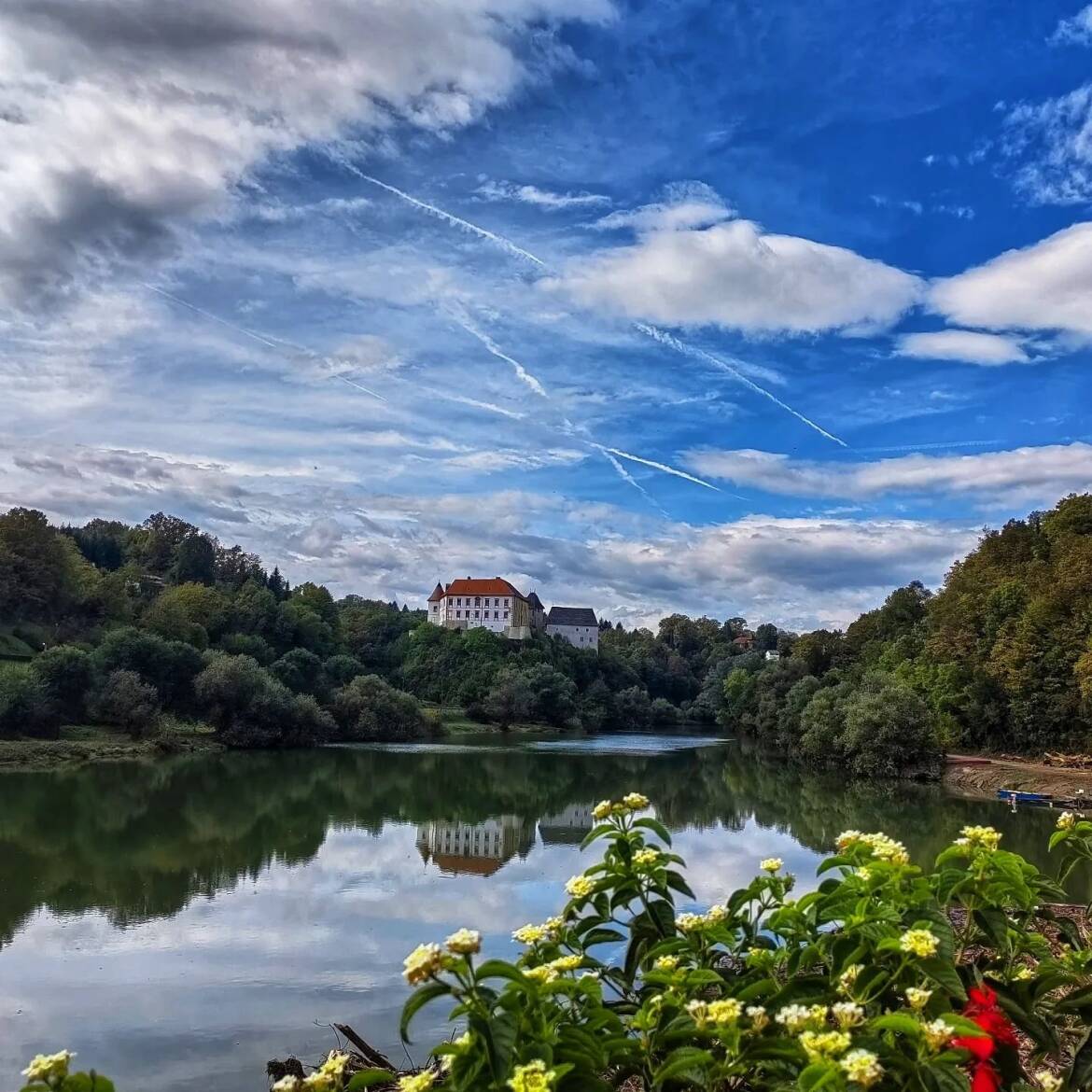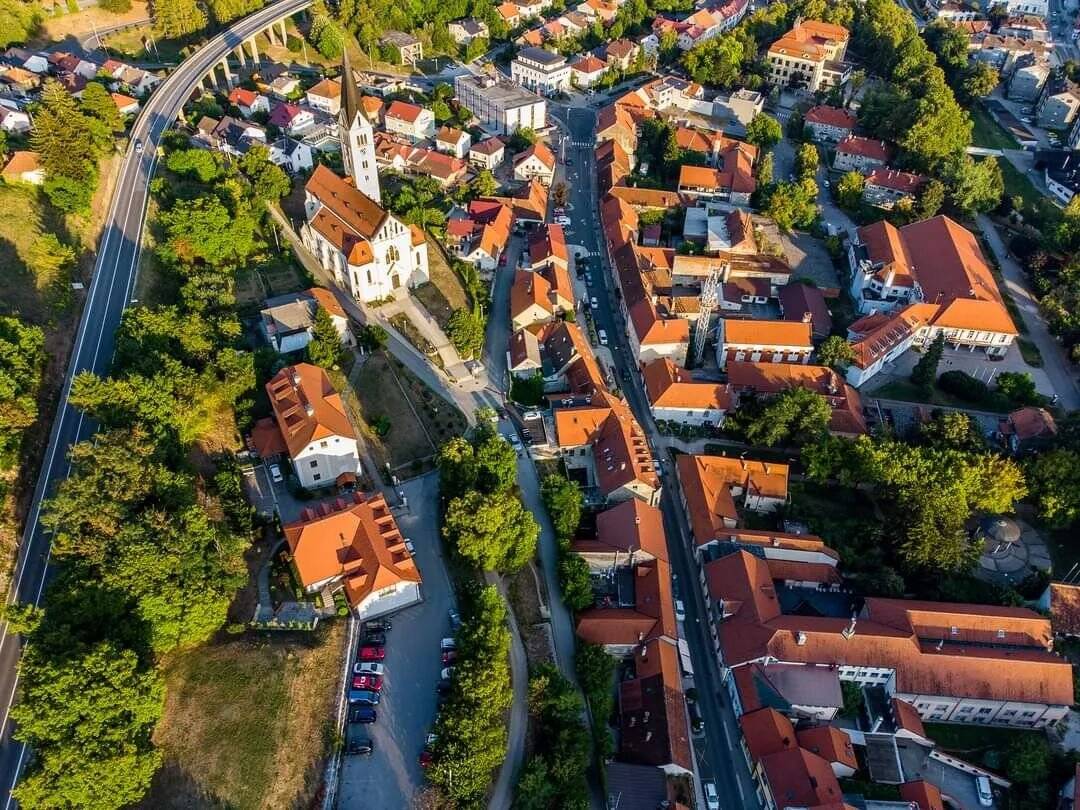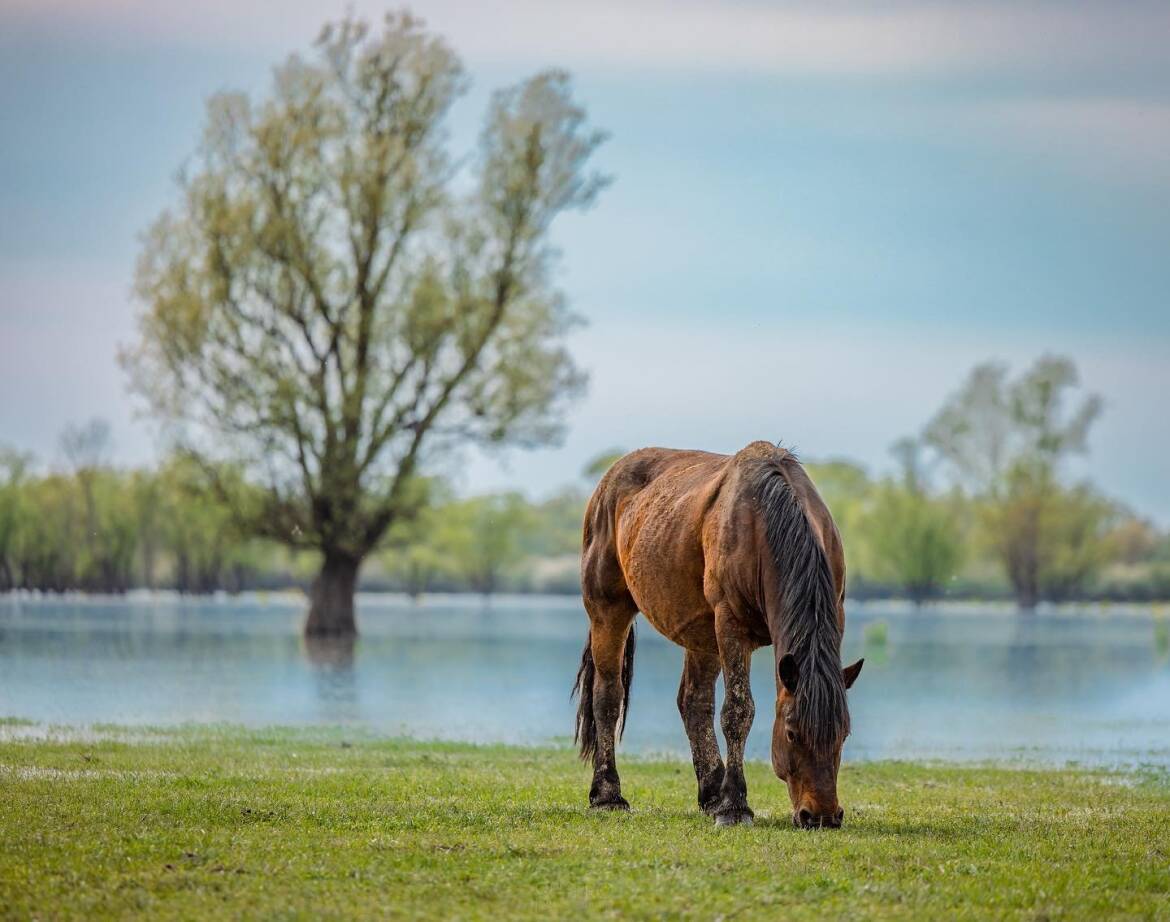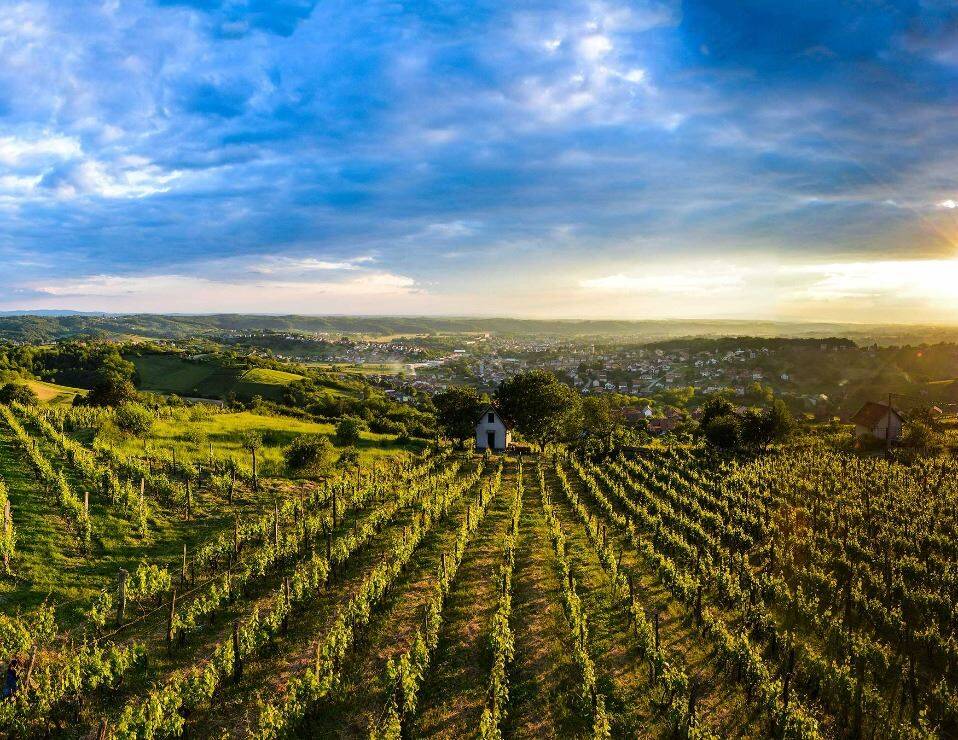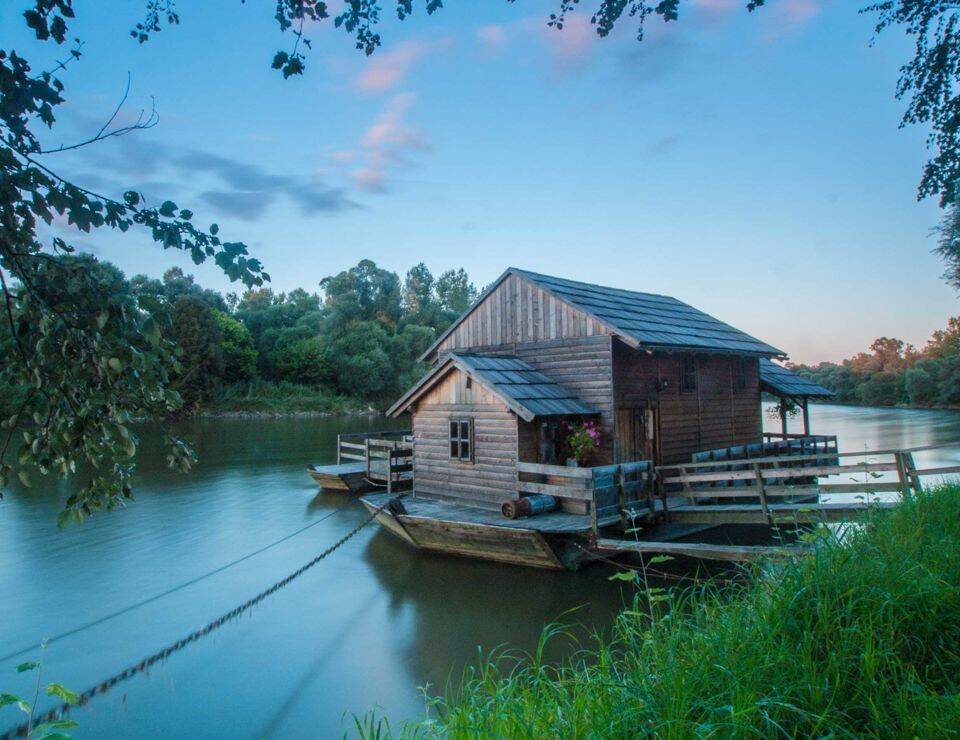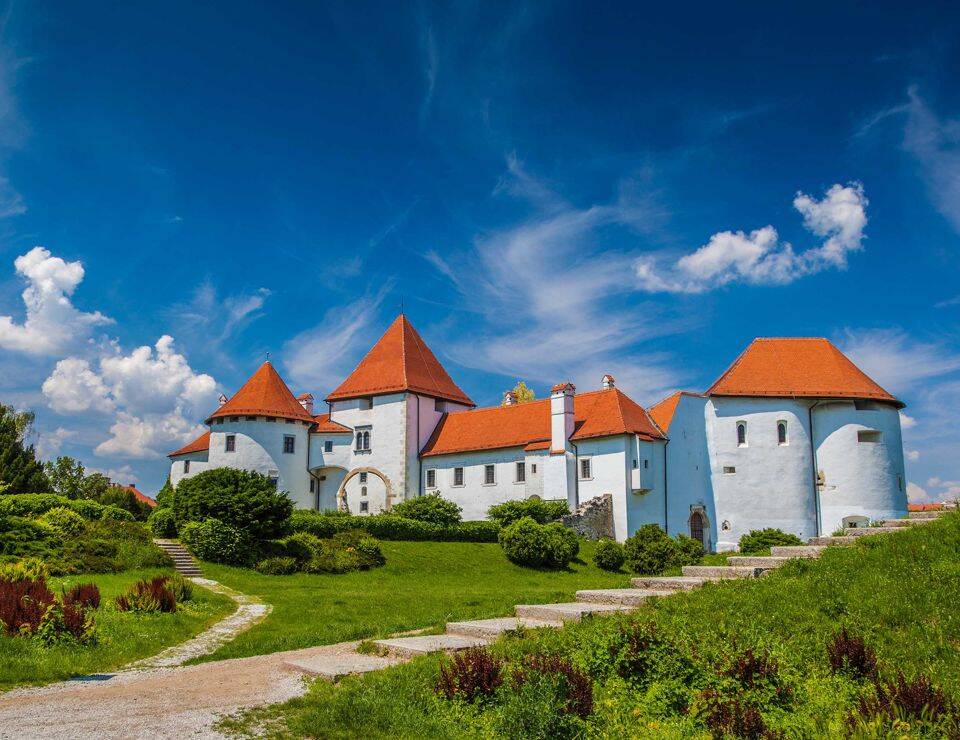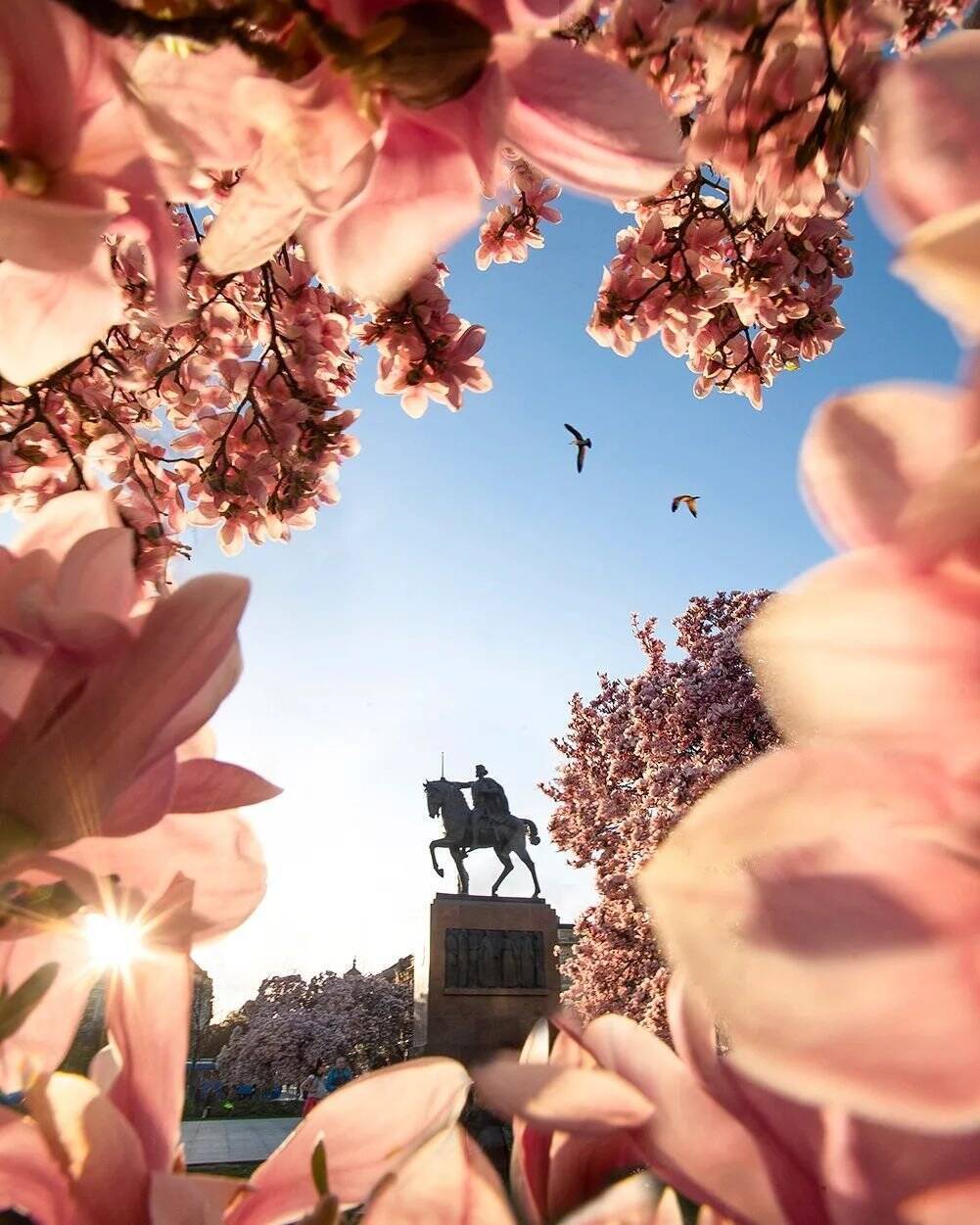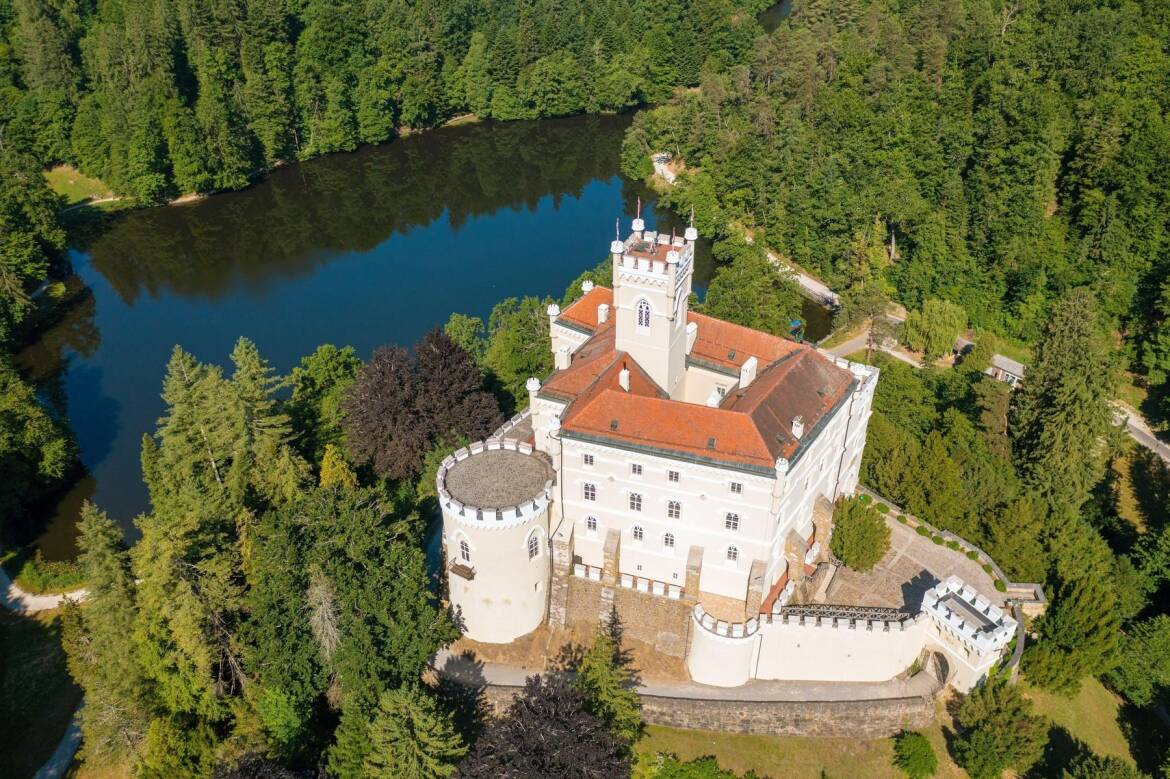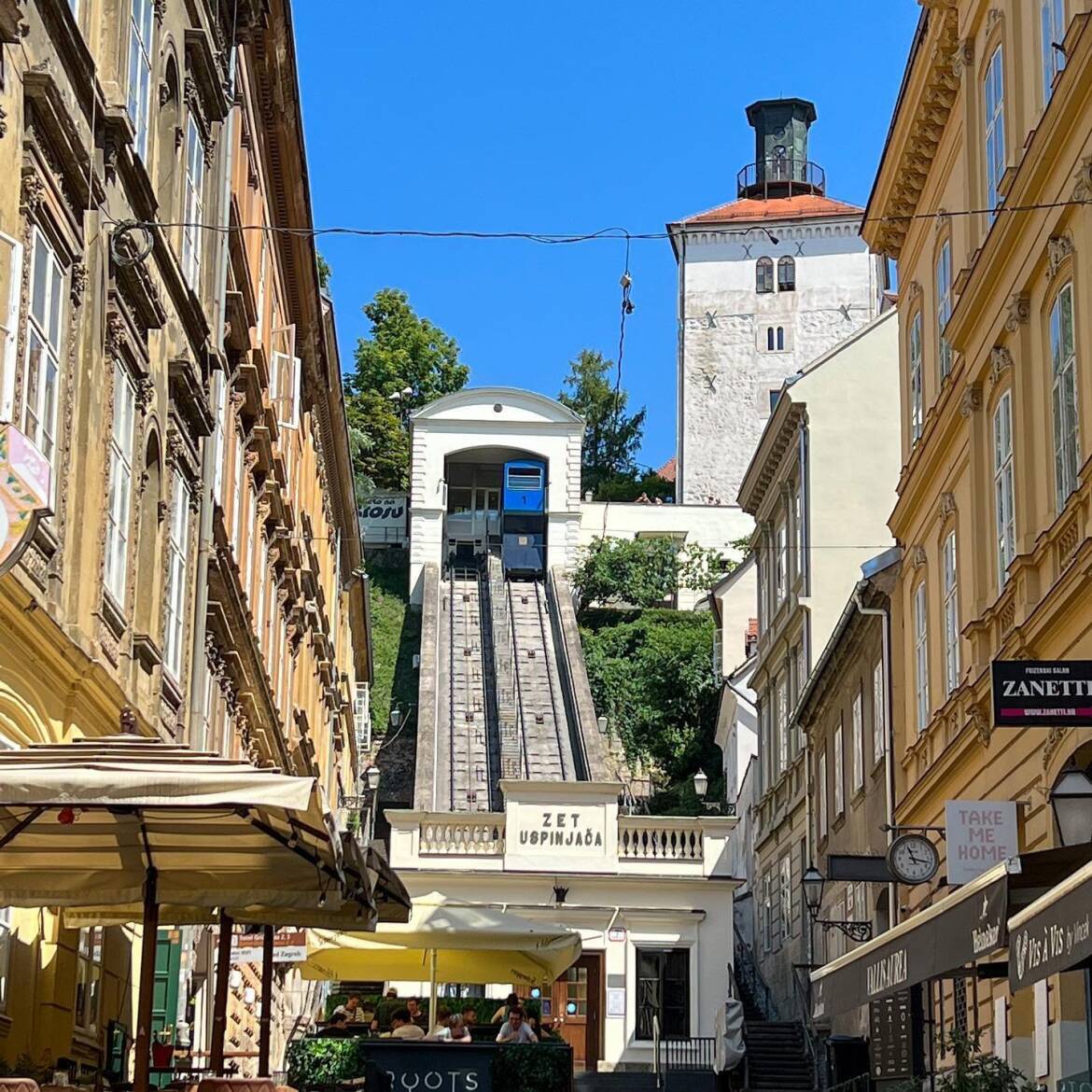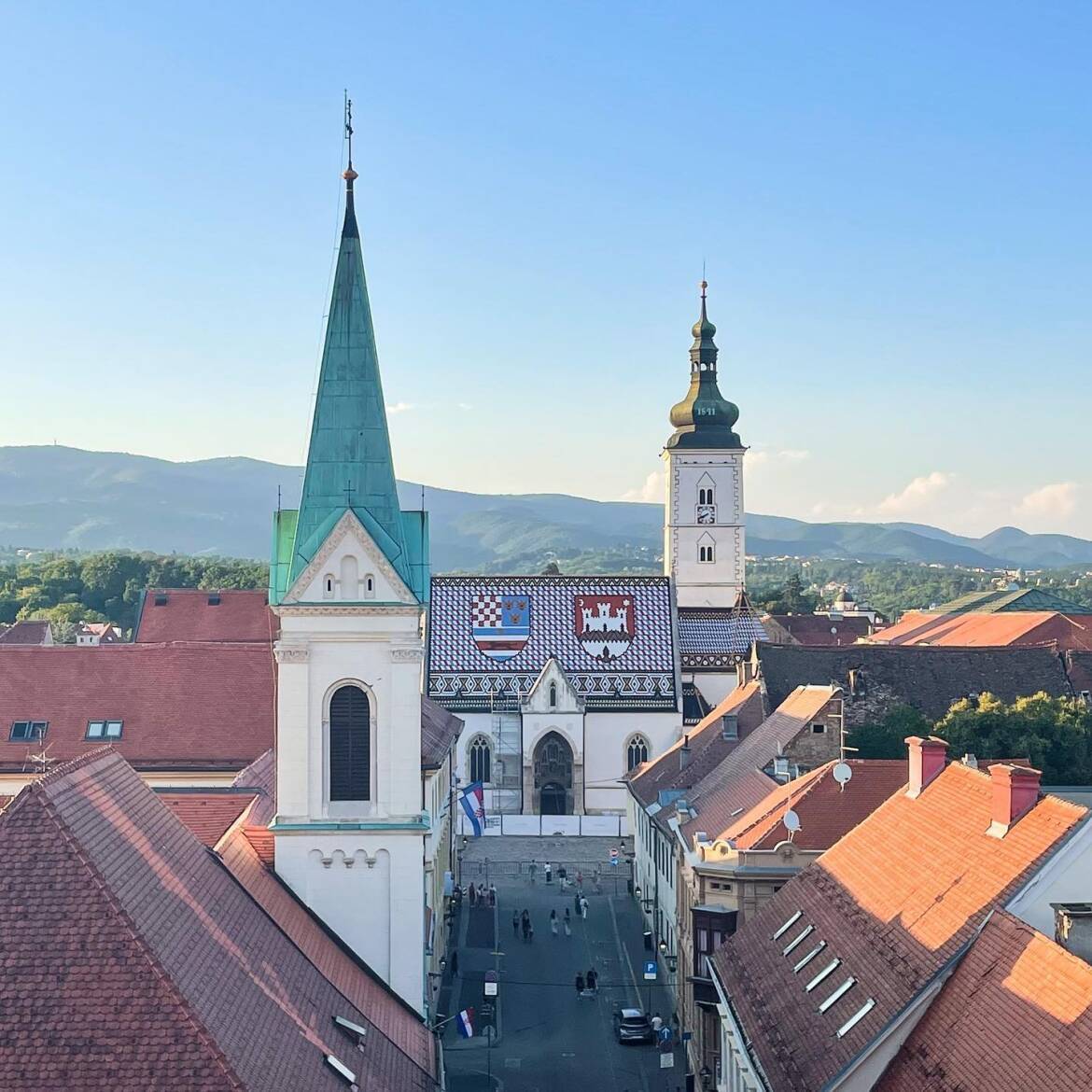Zagreb & Central Cro.
Zagreb & Central Cro.
City of Zagreb
As the capital of Croatia, Zagreb has many historical sights, museums, and beautiful green oases that would delight any visitor. It is one of the oldest Central European cities and a perfect combination of rich heritage, lively rhythm of street life, and a multitude of attractions that will awaken all your senses.
With its extensive public transport network, hop on – hop off, cycling, and segway tours, Zagreb is a city offering a variety of opportunities for exploration.
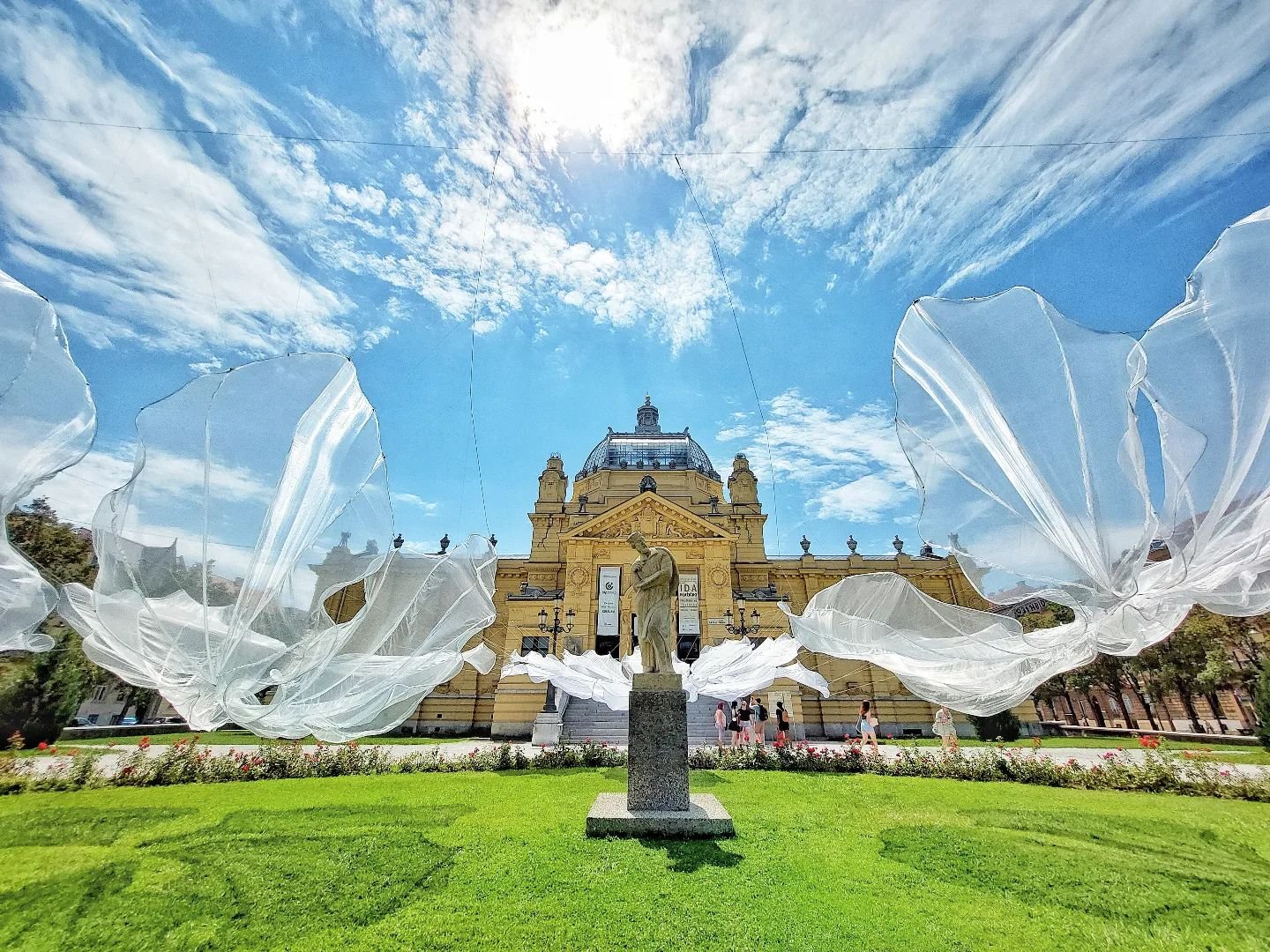
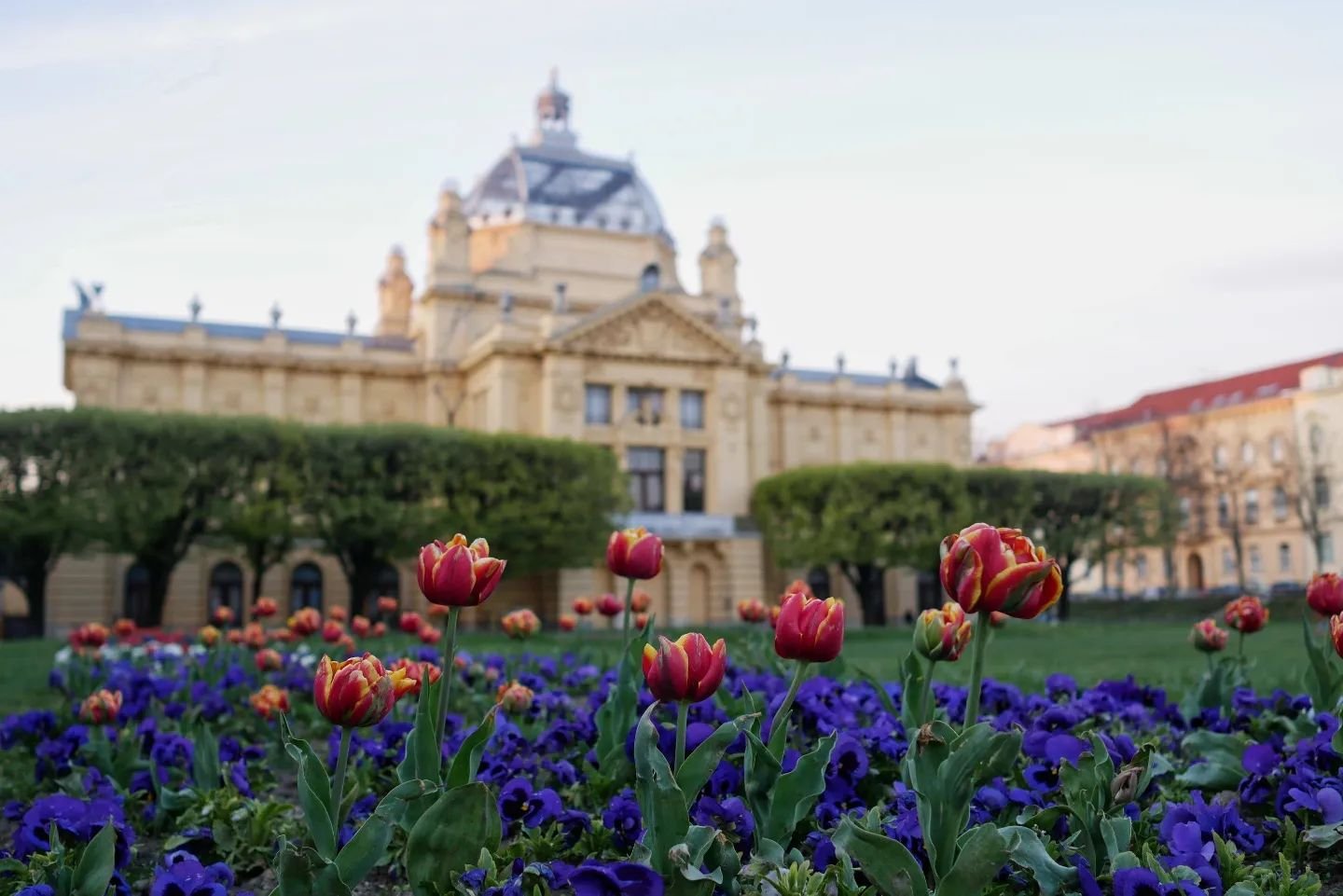
A city tailored to the needs of man
In the centre of the city, you won’t be able to miss Ban Josip Jelačić Square, which can serve as your starting point for discovering all of Zagreb’s treasures. At the Manduševac fountain, you will learn all about the legend that gave the Croatian capital its name and the most recognizable symbols of Zagreb are just a short walk away.
The Cathedral of the Assumption of the Blessed Virgin Mary is the largest sacred building in Croatia, with elegant spires adorning the landscape of Zagreb. In the same neighbourhood, you will find the Dolac market, a beautiful living monument to local foods that will amaze you with its charm and authenticity. After becoming familiar with the best flavours and smells of Zagreb, head towards the Upper Town, where history is carved into every stone. The Stone Gate is the only preserved city gate that was part of the former defence system, and through it, you will be able to enter the historical Gradec.
Stroll the streets of the metropolis and walk through history
The most important sight in St. Mark’s Square is the church that shares its name and features a unique roof. The most important Croatian state institutions – the Croatian Parliament, the Government of the Republic of Croatia, and the Constitutional Court – are located right next to it. The Upper Town has many legends to tell, and you can learn more about them thanks to the Gornjogradska coprnica project. If you wish to explore the city’s rich history, the best way to do so is by visiting the Croatian History Museum and the Zagreb City Museum.
Don't be startled when you hear the Grič cannon fire from the Lotrščak Tower – this is the traditional Zagreb way of striking noon. If you climb to the top of the tower, you will be rewarded by a million-dollar view of the city panorama. You can take a break on the Strossmayer Promenade in the shade of this century-old tower. There, you can feel the heart of the city beat in the company of the statue of the Croatian poet and writer Antun Gustav Matoš. In summer, you can also enjoy the popular Summer on Stross Festival, which turns this area into a dance stage.
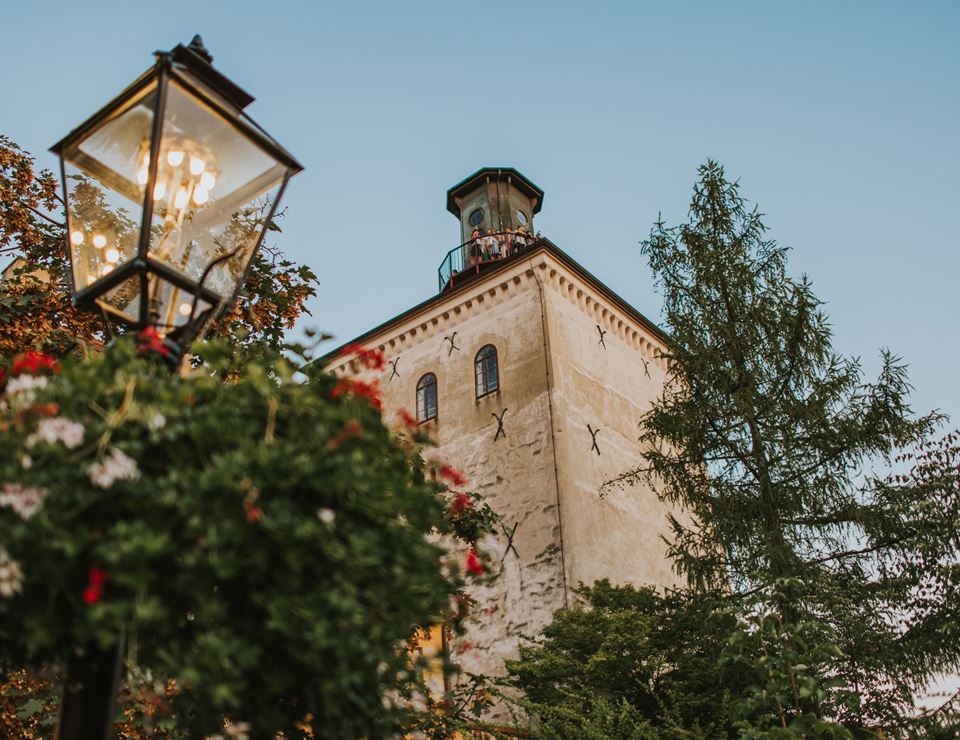
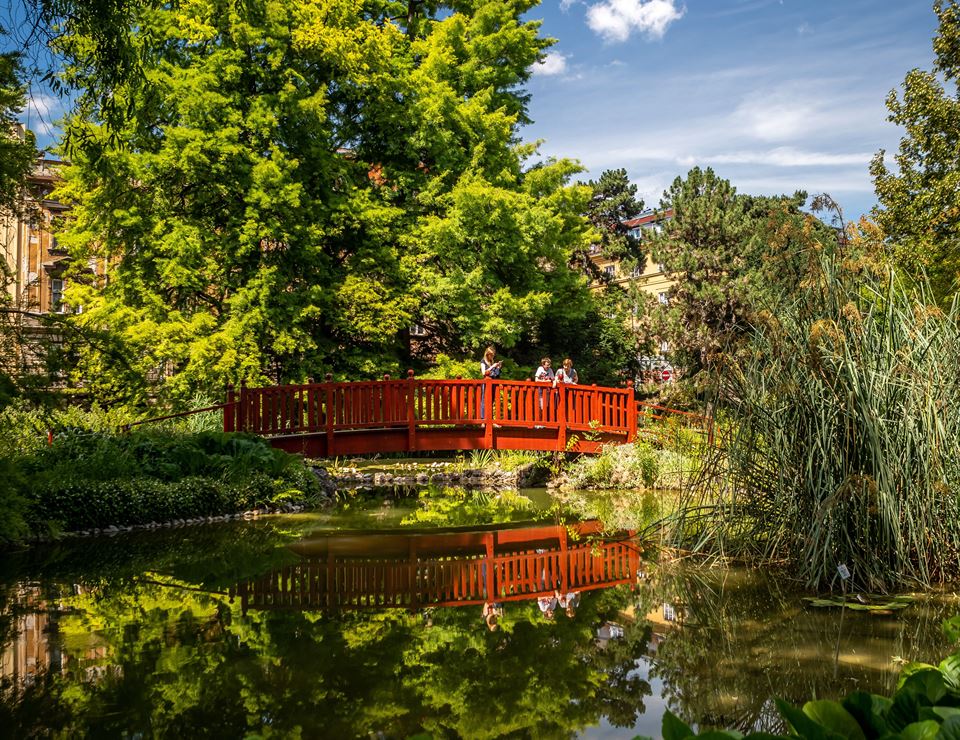
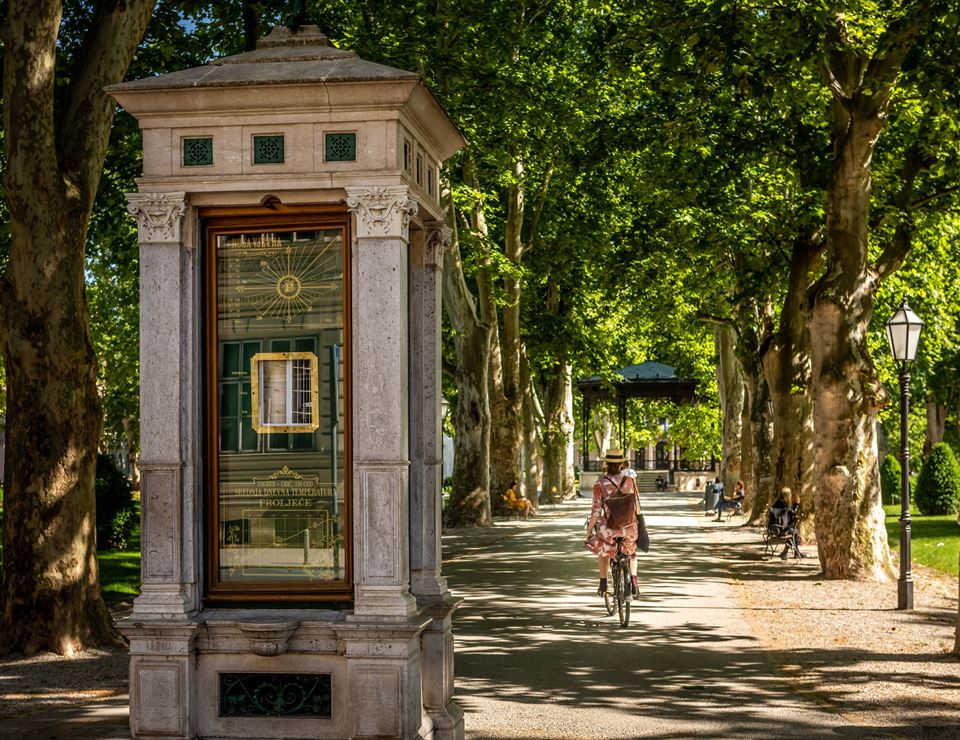
The rich layers of Zagreb are best discovered slowly through its fantastic museums
Immerse yourself in the magical world of one of the world’s greatest inventors in the Nikola Tesla Technical Museum, explore the masterpieces of world authors in the unique Mimara Museum, change your perception in the Museum of Illusions, and push the boundaries in the Museum of Contemporary Art.
When you get tired of art, choose one of the many city centre terraces and relax just like the locals. On the Flower Square, the coffee culture takes the form of art, and the ritual of showing off your fashionable outfits on Saturday mornings is a tradition that should not be missed. In doing so, you will be accompanied by the brightest star in the universe. Thanks to the renowned Croatian sculptor Ivan Kožarić and his Grounded Sun installation in Bogović Street, it’s almost as if the Croatian capital is constantly illuminated by the rays of the sun. The sun can also be the starting point of your tour, as thanks to the artist Davor Preis and his Nine Views work, nine more planets were also raised throughout the city.
Source : https://croatia.hr/en-gb/regions/city-of-zagreb
Central Croatia
Continental Croatia is an oasis of tranquility, with gentle hills home to age-old forests, vineyards and the Sava, Drava and Mura rivers sheltering the local towns from the summer heat.
Trails of Court Fairies
A long time ago, members of the upper class, prominent gentlemen and the nobility, seeking to satisfy their aesthetic cravings and earthly comforts, took great care to select the right locations for their castles and manor houses.
They then surrounded them with gardens, pleasure parks and copses. The fairies will take you through picturesque hills and colourful fields to Novi Dvori and the Lužnice castle in Zaprešić, the imposing Veliki Tabor, near Desinić, the romantic Trakošćan, the proud Zrinski castle in Čakovec, the castle with two towers in Gornja Rijeka and numerous other castles dotted on the hills of this area, which were once the hub of life, work, and cultural and political activities. Step into the past by visiting precious examples of rural architecture in Kumrovec, get to know the world of our primeval ancestors in the Krapina Neanderthal Museum, located right by the archaeological site in Krapina, or enjoy naive art in Hlebine – the cradle of this form of art.
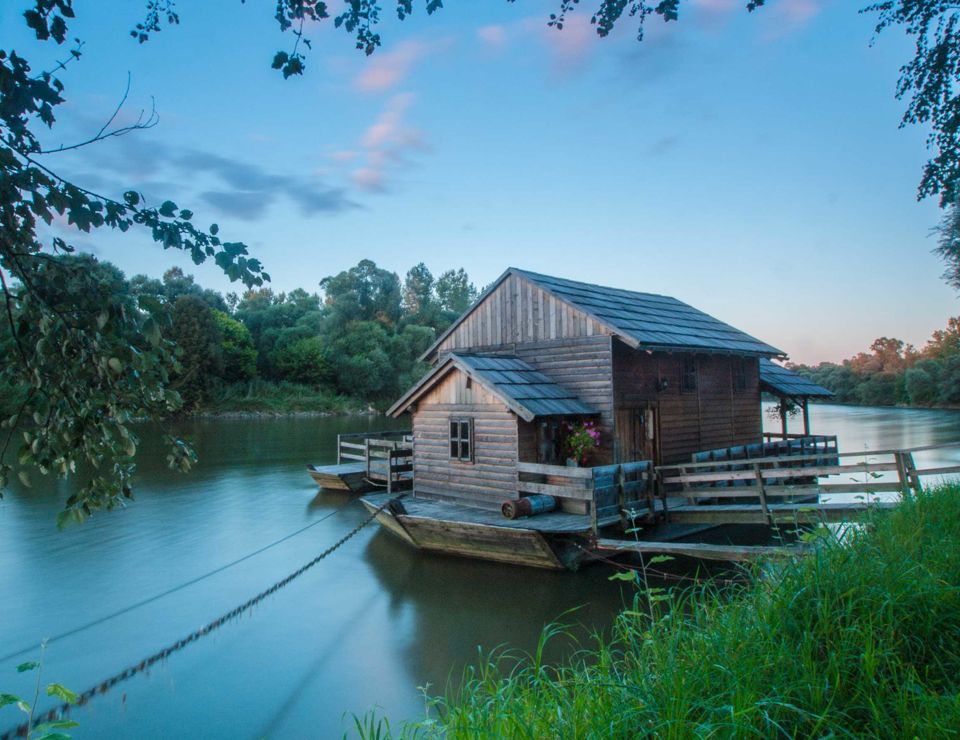
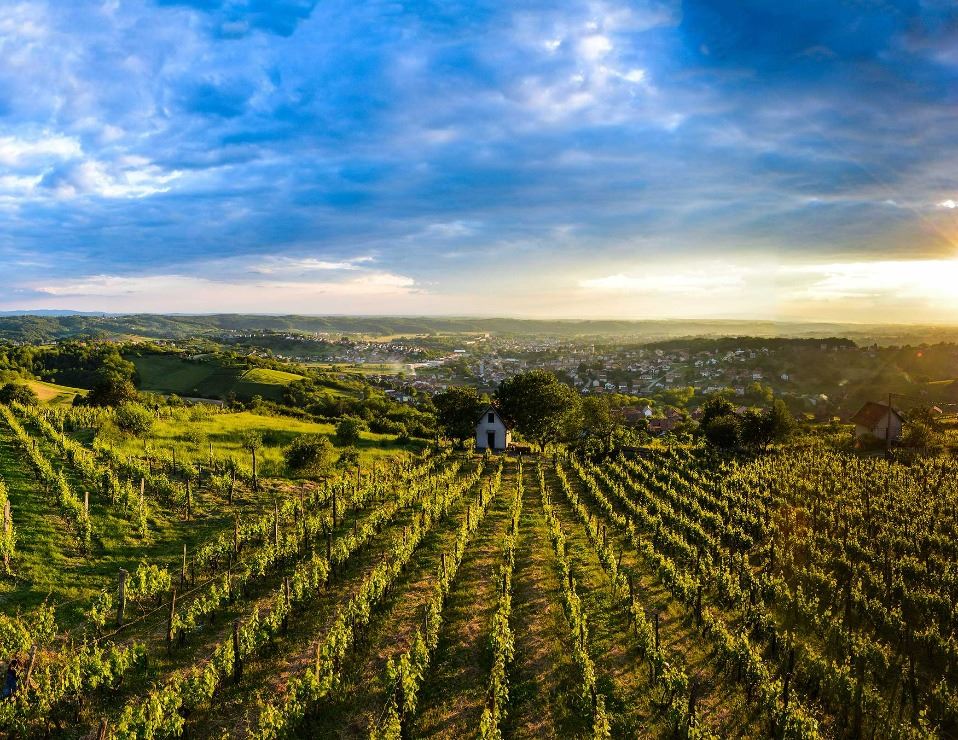
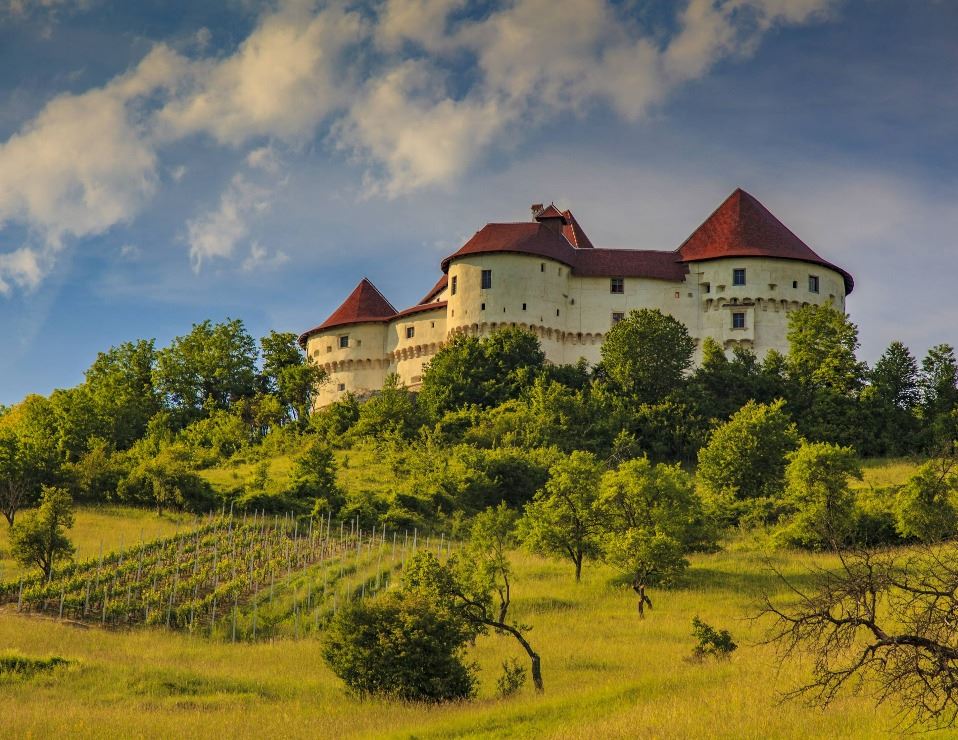
The Trails of Subterranean Secrets
Some secrets wait millions of years to be discovered. They were left deep in the rocks by creatures that lived in primeval times, when this part of the world was an ocean.
Ivanić Grad has revealed its secret to the world. If you take a walk along the Trail of Subterranean Secrets, you will have the unusual experience of a life that ended a very long time ago.
By meeting the local country people, who are the survivors of a now almost forgotten, modest way of life, amid relaxing nature where pastures and hills alternate, where time is reckoned by the sun, and where numerous fish ponds and hunting grounds beckon one to come and enjoy all of it in good company, you will discover the natural side of your being.
A barbecue by a fish pond is quite something else compared to the nearby and familiar urban centres like Bjelovar, Đurđevac, Virovitica, Garešnica, Kutina or Novska.
Downstream from Sisak, the river Sava irrigates the woods and wetlands of the wondrous Lonjsko polje (Lonja Field), thus creating a splendid cradle for fish and many rare species of birds. Nestling among the beautiful mountains is an agricultural area offering food to remember. In Daruvar and Lipik they cannot recall a time when in their midst bodies and souls could not be refreshed by superb wines and thermal waters.
Have you always longed for a holiday away from the summer heat and the vibrant atmosphere of the Mediterranean in an idyllic, green and hilly environment with ancient woodlands, vineyards and rivers?
Do you favour the tranquil and soothing atmosphere of the mainland, leading from romantic medieval towns, summer homes and manors to thermal springs, health spas and places of pilgrimage? Set out to the north of Zagreb and enjoy the blessings offered by Central Croatia.
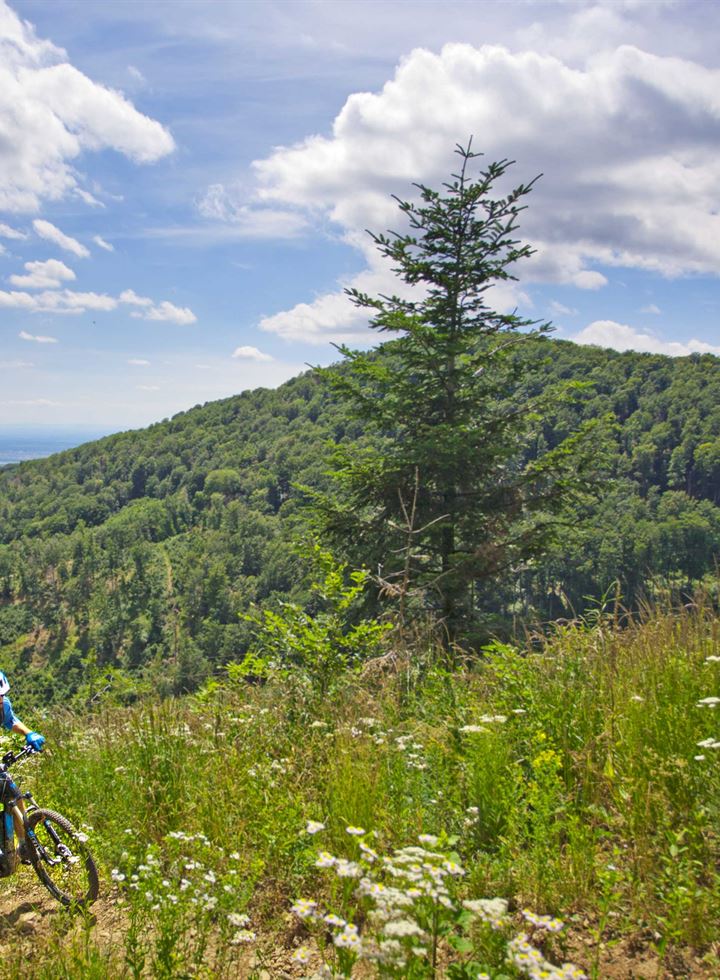
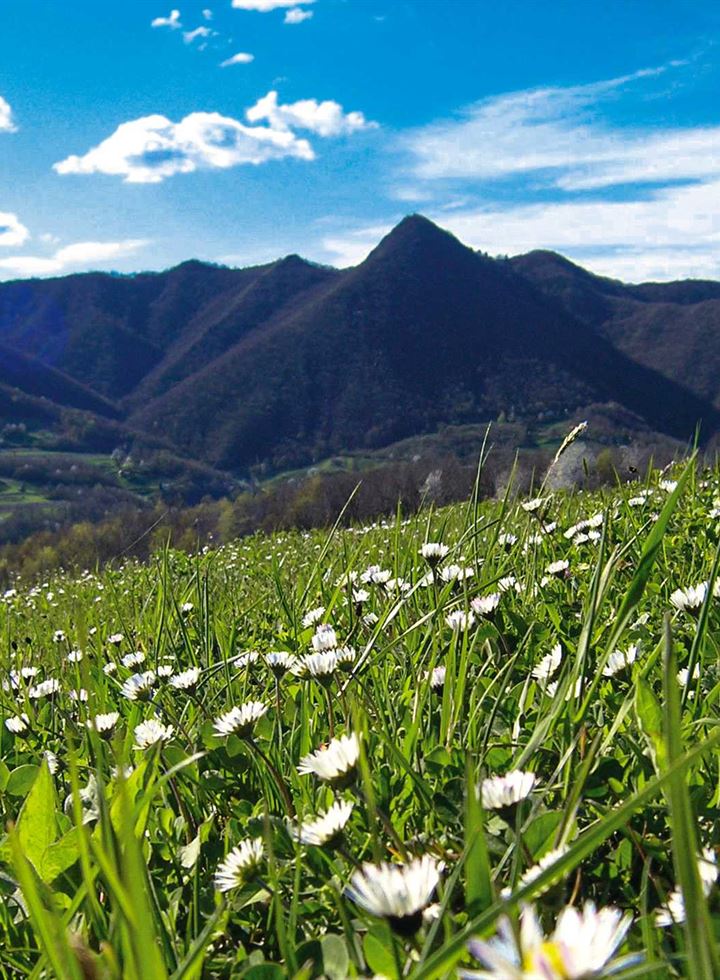
Enjoy idyllic moments in the towns of Central Croatia
Begin with the area known as Hrvatsko zagorje, a wonderful undulating landscape crisscrossed by hills and rivers and within it the town of Krapina, the famous archaeological site of Homo Krapiniensis.
Located in an area that has always been known for its thermal springs, spas like Tuhelj Spa (Tuheljske toplice) and Stubica Spa (Stubičke toplice), Krapina was made famous by Prof. Dragutin Gorjanović-Kramberger in 1899 when he discovered the remains of a diluvial man in the area of the Hušnjakovo hill, known by scientists as Homo sapiens neanderthalensis.
Marija Bistrica is your destination if you are interested in religious tourism or seeking spiritual reinvigoration. It is the greatest Marianic sanctuary in Croatia and has been a place of pilgrimage for over 300 years. More than 800,000 of the faithful have visited Marija Bistrica, including Pope John Paul II in 1998.
The town of Varaždin, the most Baroque of all towns in Croatia, is a true green place. I
ts finely maintained parks and its famous monument of garden architecture - the town cemetery, characteristic for its Thujas shaped into screens and arcades modelled on Versailles - offer a wonderful backdrop to the sounds of music for which Varaždin is famous. The city is also known for arts, crafts and trade, as well as for two prominent festivals which take place in September: The Varaždin Baroque Evenings and the Špancirfest, a wonderfully entertaining and varied festival of street strollers.
In addition to its cultural scene and 354 registered cultural monuments, the Varaždin region also boasts the Trakošćan Park-wood, with an enchanting castle that has been turned into a museum, and three geological and palaentological monuments of nature, with three caves bearing testimony to the continuous presence of man in this region for thousands of years.
Located not far from Varaždin is Ludbreg, a eucharistic place of pilgrimage of the Sacred Blood of Christ. It is the only such place of pilgrimage in Croatia and one of only a few in the world that have been recognised by a written document from the Pope approving public veneration of Holy Relics.
This occurred following the miraculous appearance of the Sacred Blood of Christ in the chapel of Bethany Castle in 1512. Lepoglava is a small town whose history has been most deeply marked by the Pauline Order, which built the church and a monastery. It is also the origin of the famous lace that earned the Gold Medal at the 1937 World Exhibition in Paris.
Source : https://croatia.hr/en-gb/regions/central-croatia
Lika - Karlovac
With its rivers, springs, mountains, woods and untouched forests, and not to mention lakes, pools, gorges and caves, the inland region of Lika-Karlovac has Croatia’s highest concentration of national and natural parks.
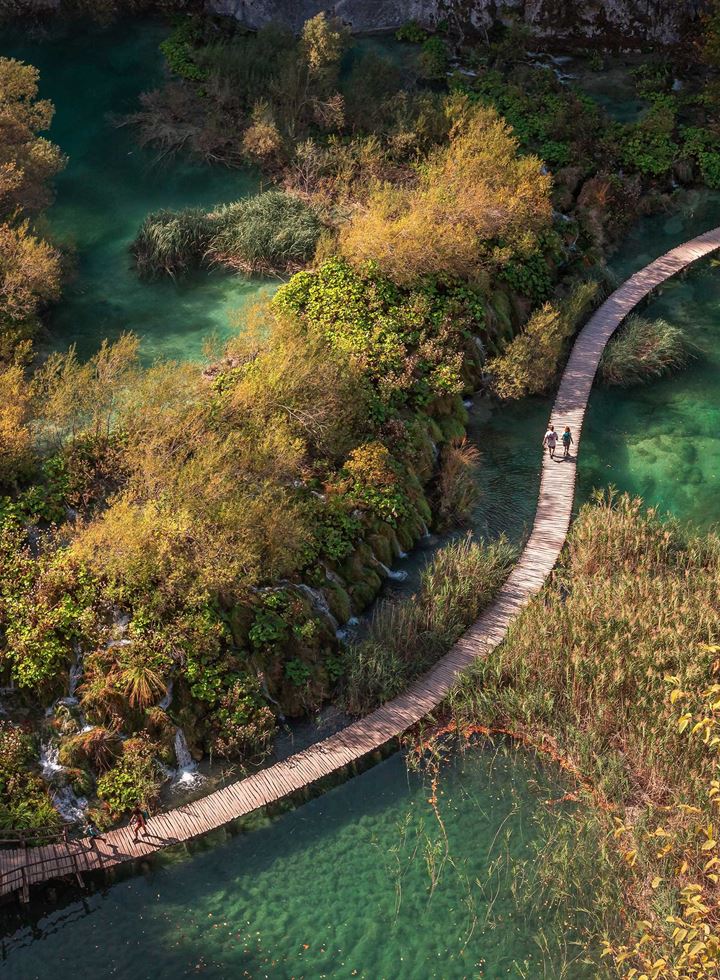
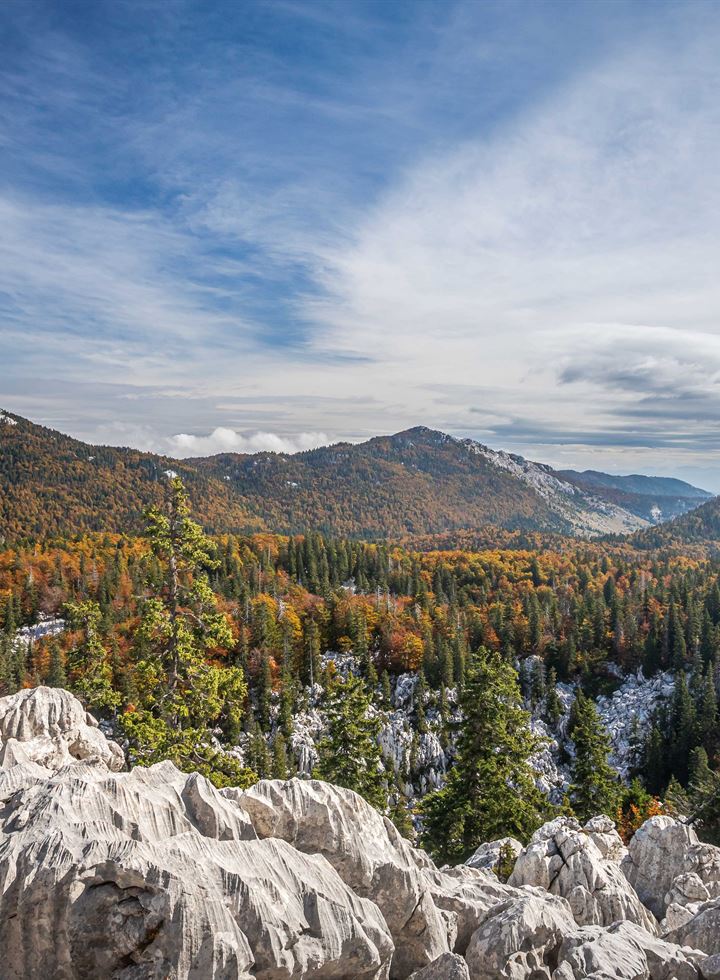

The most iconic of all is Plitvice Lakes National Park, that captivates visitors with its wild beauty, 16 shimmering lakes and 129 bird species, placing it firmly on the must see list for any nature enthusiast.
Routes following Natural Wonders
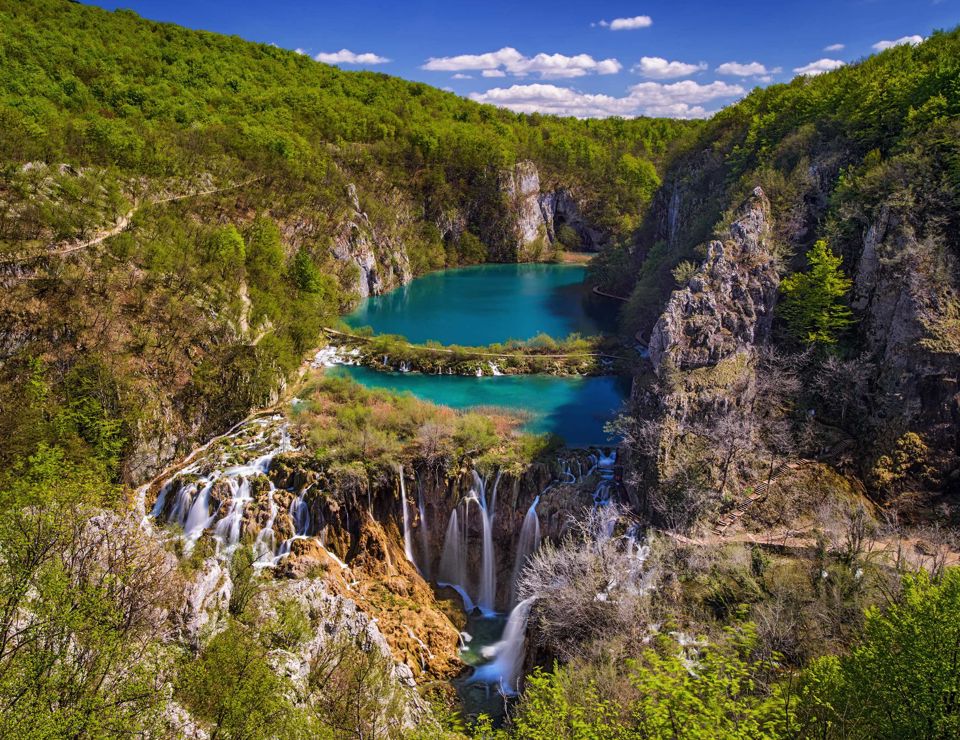
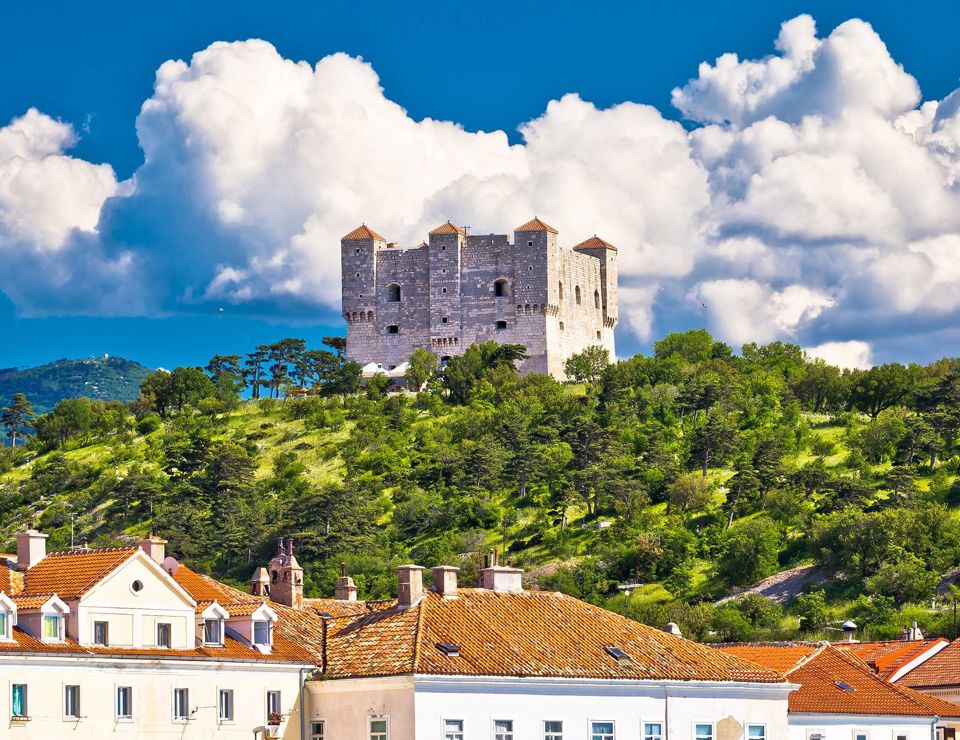
Start from Karlovac and venture into the sources of nature. It is not long before the low-lying landscapes are replaced by forested hills and mountains criss-crossed with the abundant springs of the cleanest European waters that quench the thirst of people across the oceans.
Cross the winding bridge of the town of Slunj over the river Korana slowly, as beneath the bridge, between the waterfalls, the unique watermill village of Rastoke is situated. The multitude of sparkling waterfalls hint at route of natural wonders which reveal themselves in all their glory at the Plitvice Lakes. The beauty and freshness of this part of the world’s natural heritage, combined with traditional cuisine, are excellent reasons to take a break here. The area around the town of Josipdol is a rich game reserve.
Experienced skiers will head towards Ogulin whilst beginners head towards Brinje. For those looking to directly encounter quiet and calming nature, Otočac and the Gacka river valley, rich in trout, are the right choice. At only 45 minutes’ drive from Gospić, you can take a swim in Karlobag, where the sea is continuously chilled as the water flows in abundance from the subterranean layers of the mountain.
Welcome to the landscape of dreams
Before you, beautiful green expanses are laid out, only around 10 km from the sea, in the hinterlands known for their exceptional ecological value and high concentration of protected nature parks, representing true oases of peace and tranquillity; a Croatian tourist region attracting an ever increasing number of visitors.
While in ancient times this was the land of the Illyrians (Yapodes), today the green and undisturbed, almost mythical nature of Lika offers sanctuary to endangered rare bird species, bears and wolves as well as endemic plant species such as the Degenia velebitica. The epic nature of Lika is also the birthplace of one of the greatest inventors the world has ever seen: Nikola Tesla, whose museum was opened in Smiljan, his birthplace, on the 150th anniversary of his birth.
Waterfalls of the past and present
This is also the magical part of the country where the most famous, oldest and most visited of the eight national parks is situated - the Plitvice Lakes.
Most known for its travertine waterfalls and 16 cascading lakes, the image of which is breathtaking, the Plitvice lakes offer other attractions as well, such as various interesting geomorphologic forms, habitat forests and grasslands, flora and fauna and a host of interesting tourist programs. The lakes are also the only natural monument in Croatia to be put on the unesco World Heritage list, back in 1979, among the first ones in the entire world. The Plitvice lakes are truly an unmatched masterpiece of nature.
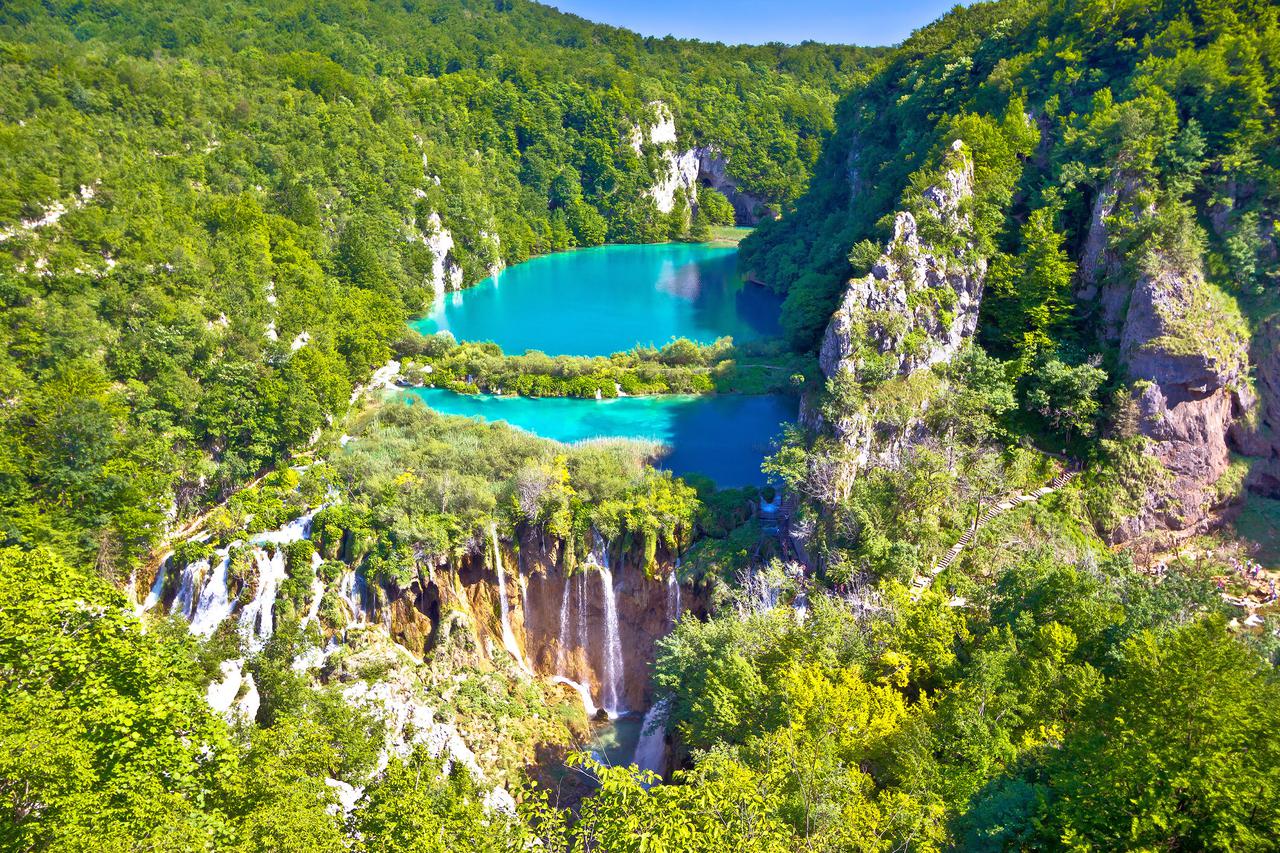
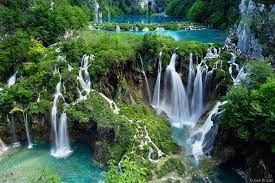
The Renaissance Ideal City of Karlovac
Built after the concept of a true renaissance ideal city, in the form of a six-pointed star, Karlovac is known as the bulwark city, resisting the attacks of the ancient Turks.
With a rich historical heritage, the waters of four rivers and the forested hills of Velika Kapela and Mala Kapela, the city of Karlovac and its surroundings are an ideal destination for fresh water swimming, rowing, fishing, rafting, canoeing, quad riding along the beautiful forest paths, cycling along the 11 county routes and horseback-riding. This beautiful pearl of the continent, developed from a medieval fortress intended for the defence of central Europe from the attacks of the Turks, today is one of the biggest Croatian transport nodes, which, in spite of its transit position is becoming an increasingly popular destination for visitors searching for various forms of recreation.
Source : https://croatia.hr/en-gb/regions/lika-karlovac


